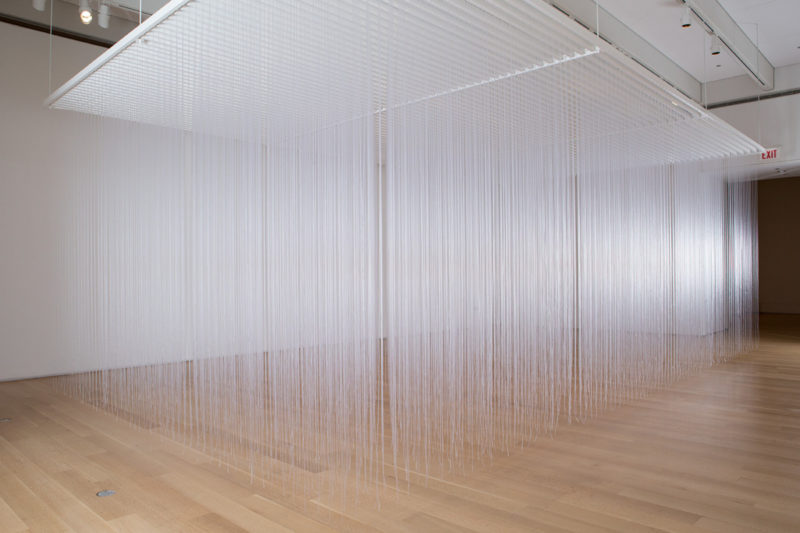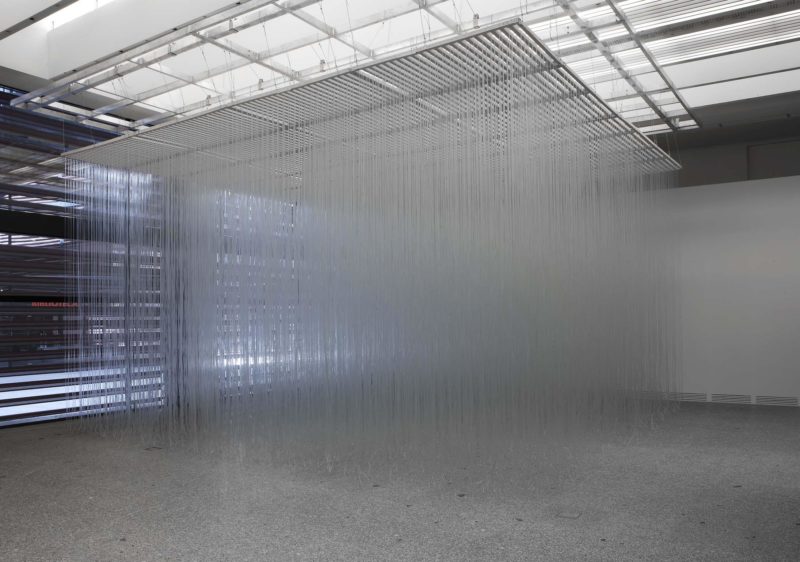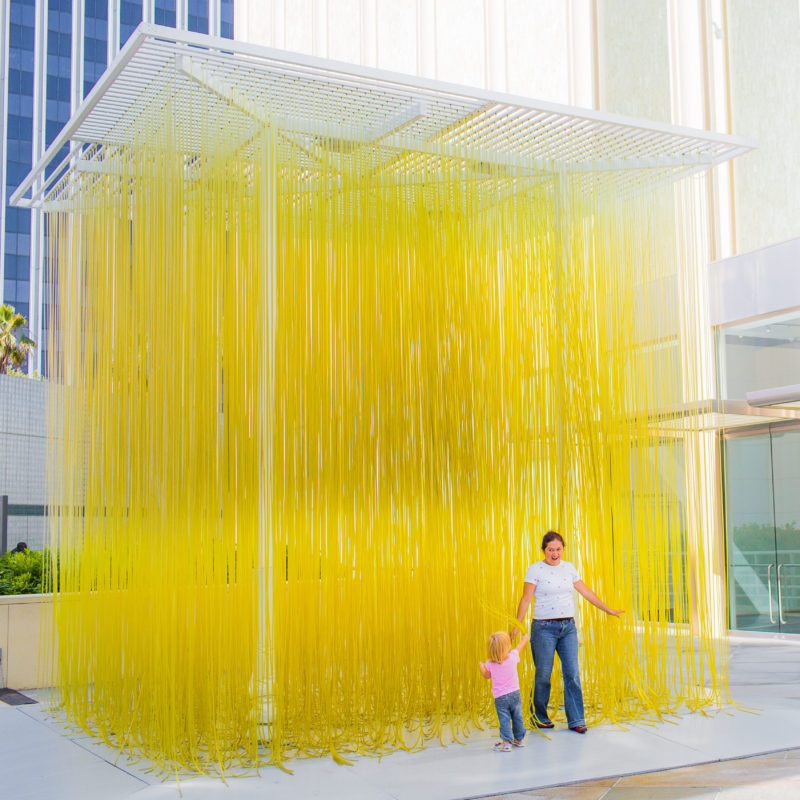
Who was Jesús Rafael?
Jesús Rafael Soto 1 (1923-2005) was a Venezuelan kinetic artist 2, painter, and sculptor. This art world icon is known for his kinetic sculptures, which he created in the mid-20th century when many artists focused on movement and illusions.
Education & Influences
Soto’s parents were violin Players, and due to their little income, Soto wanted to feed his family and support them both financially and spiritually. The only challenge he had was that there were no known and prominent artists in his hometown to act as his role models.
He started doing artistic works at a very tender age and participated in a student group affiliated with surrealism 3 ideas in 1938. During this time, he learned how to draw with charcoal. He was a student at the School of Fine Arts and Applied Arts in Caracas. After graduating with a teaching degree, he became director of the Escola de Bellas Artes de Maracaibo for three years from 1947.
He then discovered the works of Paul Klee and Piet Mondrian, which inspired him to suggest the idea of dynamiting their Dutch artistic movement, neoplasticism. Soto started painting post-impressionist works and eventually got interested in cubism. The works of other artists, including Malevich and Mondrian, influenced his career.
After rising to international fame, museums such as the MoMA in New York, the Museum Ludwig in Germany, and the Galleria Nazionale d’Arte Moderna in Roma collected his artworks.
What made him different
What made Soto different from other kinetic artists during this era was that he wanted to express his art somewhat differently. He befriended world-known artists who made it very easy for him to achieve a lot along the way. Most of his artist’s friends used machines to produce their works.
Vibrations & Spirals
Soto, however, wanted to create movement without the use of machines. He didn’t want to focus entirely on illusions like some of his peers. Soto started experimenting and came up with his Vibrations and Spirals series. These featured a painted surface together with a second transparent surface, both covered with a pattern.
His trick was to make each piece change before the eyes. This works even when the viewer stands still from any position. Those two series were the beginning of his breakthrough, but he knew he had to change more in his career.
Penetrable series
His works were satisfactory to some degree. However, Soto knew he was to accomplish more. He considered how to integrate the viewer into his work physically and how to use space and time. He achieved this by creating his Penetrable series. He termed his core ideas for them as “A Universe filled with Relationships.”
How they were made
He hung thousands of strands from either the ceiling or a PVC & steel construction in these works. The Penetrables allowed his spectators to enter them and get immersed 4 in the depth of the work. To fully understand them, a viewer needed to experience them from numerous perspectives within time as they move through space. Thus, the viewer becomes an integral part of the artwork by touching, moving, or simply walking through it.
Some of the installations were clear, while others were in uni colors. All of them brought the same experience. Other Penetrables contained painted elements that you will notice from a distance. From afar, these works presented the illusion of a dense mass, but when the viewer comes into contact, they give an utterly different aesthetic experience from the inner self.
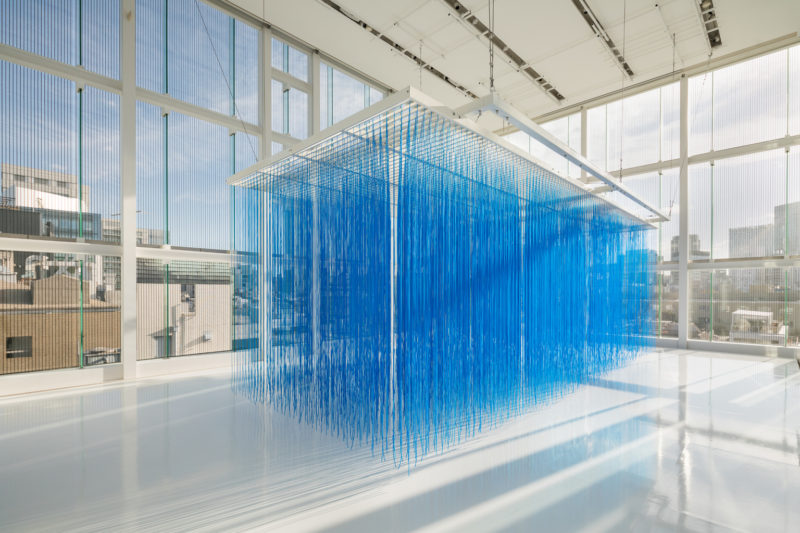
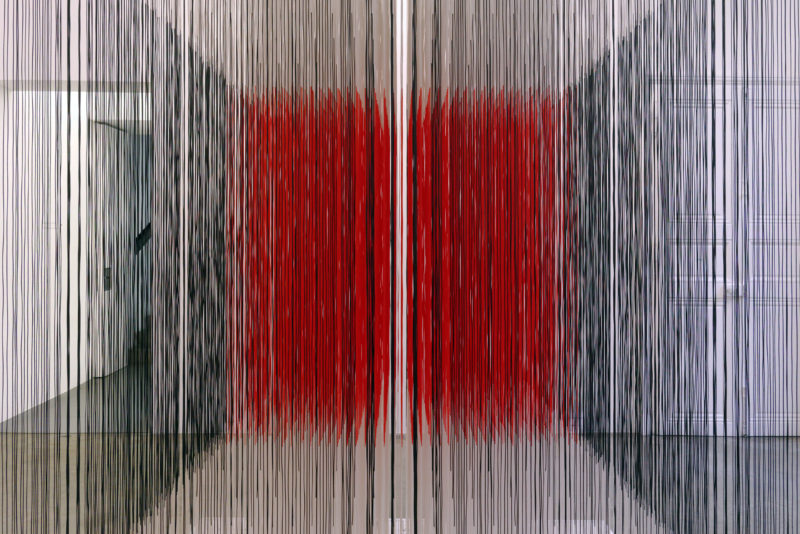
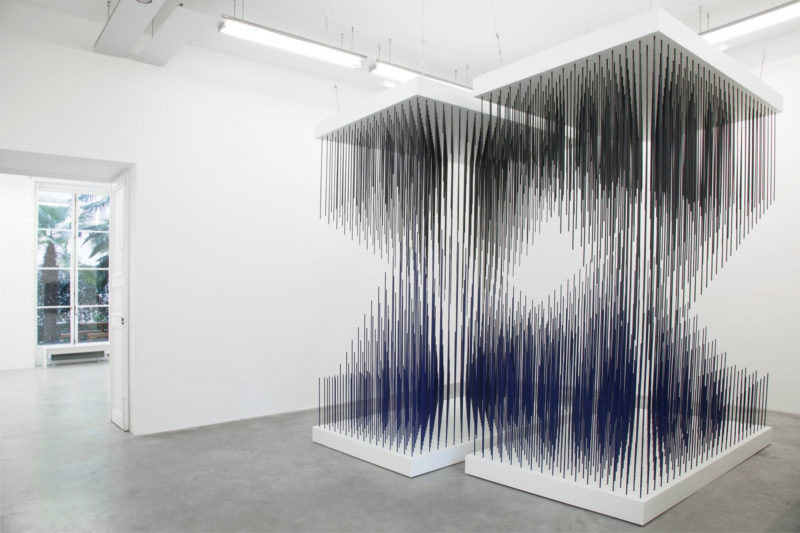
The Revelation of sensible space
Soto had achieved most of what he wanted. For this reason, he called his Penetrables “the revelation of sensible space“. As mentioned before, this approach was quite different from what other kinetic artists were doing. Many of them were using motors, pulleys, or gadgets to create similar work.
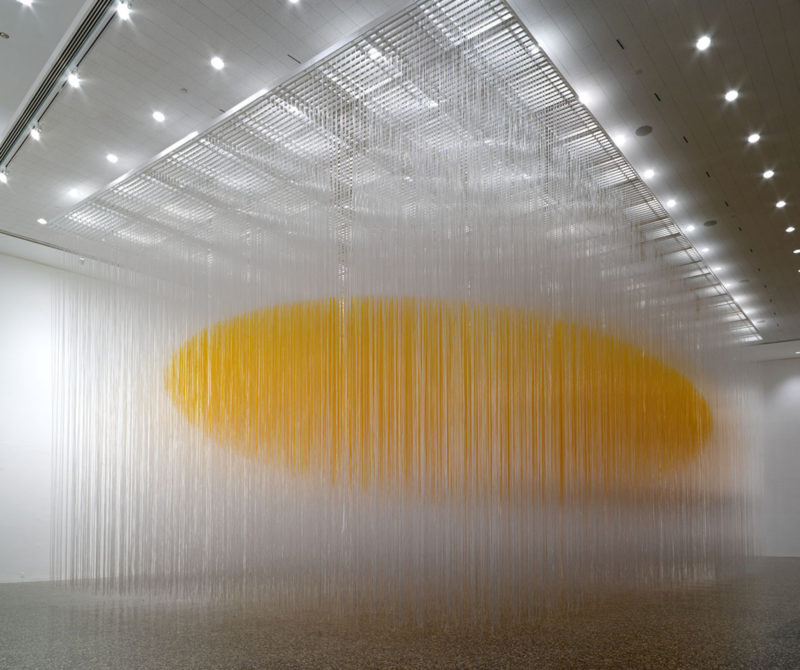
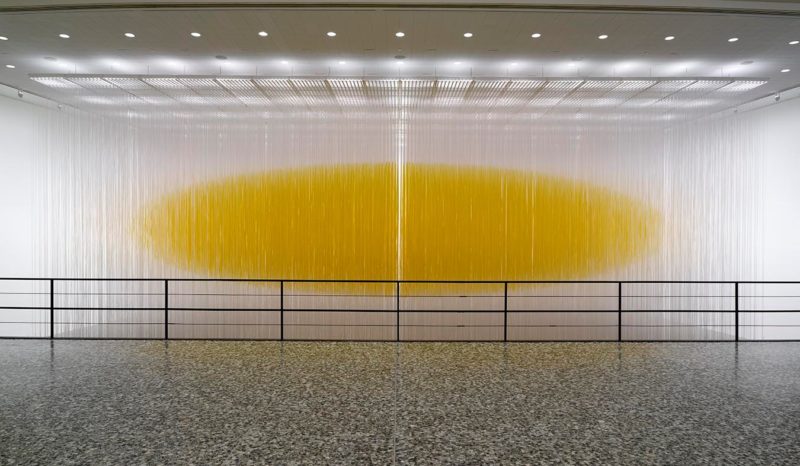
Video: The Houston Penetrable
4 min 34 sec
Conclusion
Conclusion
With his Penetrables, people were no longer outside the work. Soto successfully created artworks that connect directly with the people. The Penetrables are his most exceptional works. The main reason for this is because he considered viewers as potential collaborators and forced them to become participants. The notion that people are essential in any artwork made his work a success.
